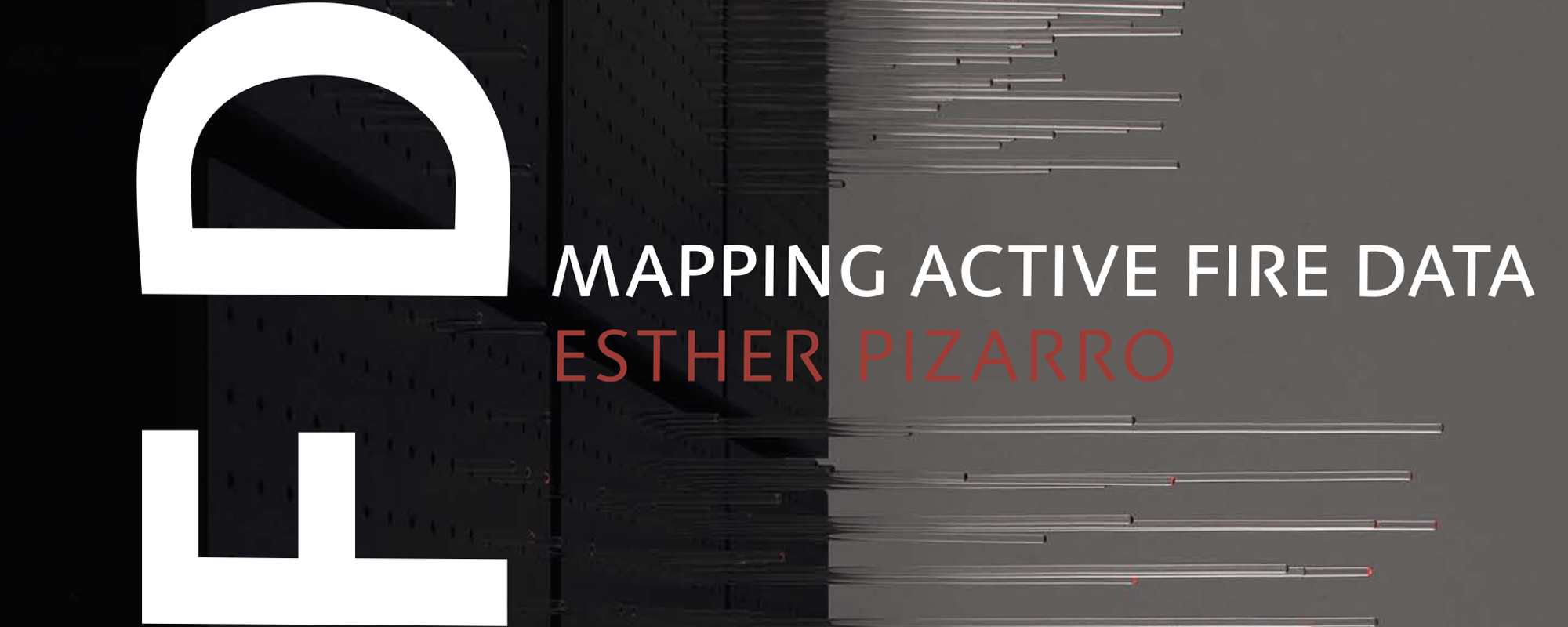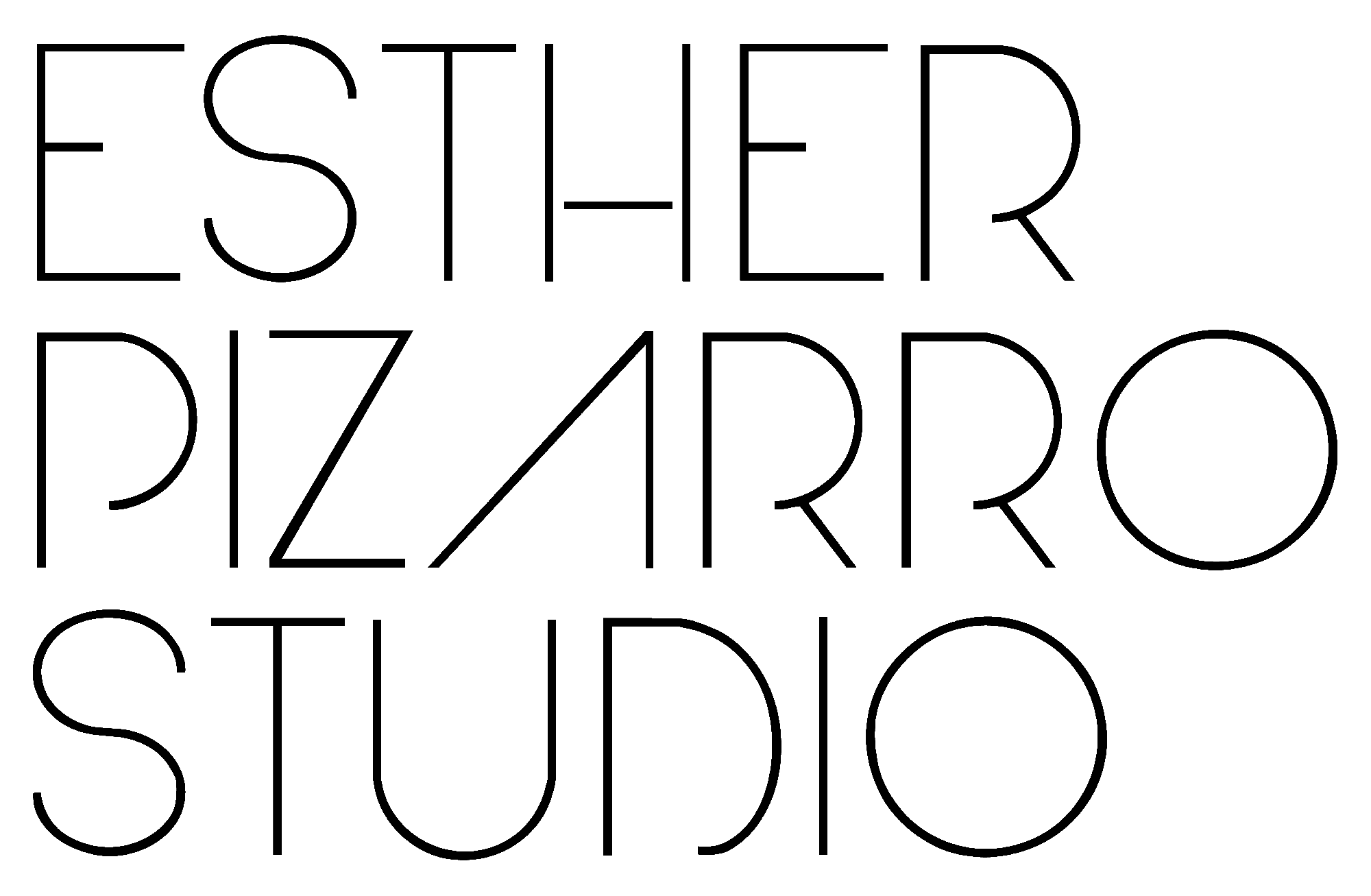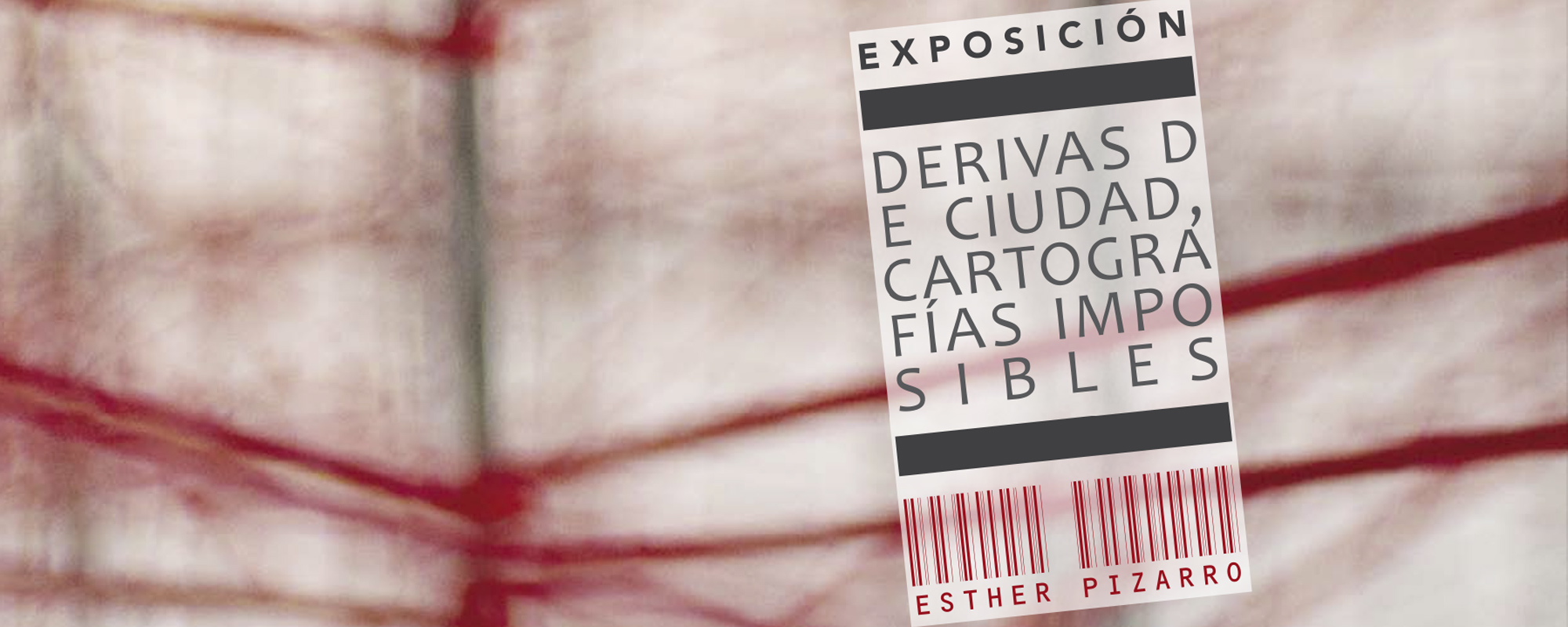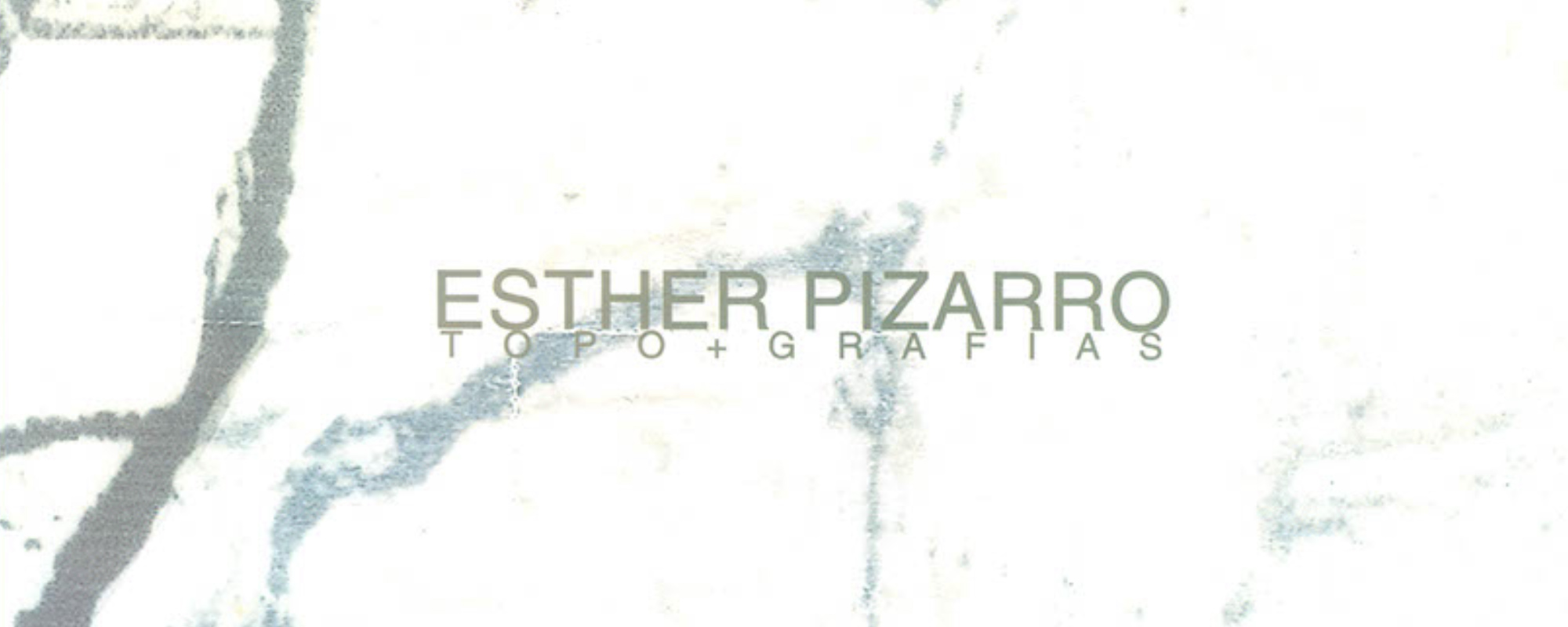DE LA TORRE, Blanca (2018) :: Catalogue Text: [MAFD] :: Mapping Active Fire Data

DE LA TORRE, Blanca (2018). “By way of a complex datascape”. Exhibition catalog text: [MAFD] :: Mapping Active Fire Data, Secretaría General Técnica, Subdirección General de Atención al ciudadano, Documentación y Publicaciones, Ministerio de Cultura y Deporte
The relationship between art and the environment can be traced back to the origins of humanity. However, it is not until approximately half a century ago that we begin to find a clear eco-aesthetic intentionality, which has been expressed through such multi-disciplinary approaches as performance, sculpture, nature interventions, recovery aesthetics, collaborative practices, etc[1]. All of these can be understood as a warning about the urgent needs of a planet with finite resources which we are allowing to disappear, a type of ecological art which is by definition inter-disciplinary, tackling from a post-anthropocentric perspective the many aspects of the contemporary ecosocial crisis, with the aim of generating critical reflection and possibly, a transformative impact on the relationship between human societies and the environment[2].
Leaving aside labels and even the debate about the impact which such practices may produce, more than ever, it has become necessary to seek out other languages which take a cross-cutting and multi-disciplinary perspective to offering other ways of looking at the health of the ecosystem of which we are part and other possible accounts which may combat some of the core myths.
It is within this framework that we find the work of Esther Pizarro. By way of synthesis, it is characterized by transferring scientific data into ‘aesthetic data’ in a language conversion operation which normally involves a large number of graphic visualizations and systems of interpretation, through which the artist formulates the complex interconnections resulting from a meticulous research process. On this occasion, her analysis methodology has once again adopted forms of a type that aestheticize the scientific information and translate it into visual language, almost a landscape, to shape an installation project which articulates data about one of the most alarming environmental problems of the moment: deforestation caused by fires.
[MAFD] :: Mapping Active Fire Data combines sculptural and scientific language, producing a new media installation that brings the viewer face to face with an alternative view of the images of burning forests to the ones we are accustomed to seeing in the media. Understanding scientific data is never enough, nor is the hyperrealism offered by the daily news, and now more than ever, we need every possible strategy to construct other imaginaries.
Pizarro’s work reminds us that the world is a complex interconnected system of data, and that there are other methods of recoding them to construct equally valid alternative narratives of interpretation. It also reminds us that these data confirm the key role wildfires are playing in relation to what may be one of the most discussed concepts of recent years: the Anthropocene.
As I have asserted on previous occasions, and summarizing considerably so as not to repeat myself, I believe the term Anthropocene – introduced by Italian geologist Antonio Stoppani in 1873 and popularized on the threshold of the millennium by Nobel Prize in Chemistry winner Paul Crutzen – should be eliminated from the media’s vocabulary. This supposed geological era, which would replace the previous era, known as the Holocene, would recognize that man is responsible for the planet’s state of degradation, a state which is thought to have begun its vertiginous descent with the Industrial Revolution. My criticism of this definition – which has nothing original or novel about it – is related to the Eurocentric connotations of the term, which washes its hands of the political, economic and particularly colonial implications of the ecological deterioration of the planet. I am more interested in the names proposed by other authors, such as the ‘Chthulucene’ or ‘Capitalocene’, put forward by Donna Haraway, the latter taken from Andreas Malm and Jason Moore. Other terms I also consider apt are ‘Eurocene’ or ‘Technocene initiated by Europeans’, proposed by Peter Sloterdijk, and ‘White Supremacy Scene’, suggested by Nicholas Mirzoeff[3].
Nor would it be amiss to pause for a moment to point out the difference between global warming and climate change, a distinction for which I will refer to Sue Spaid’s words in Ecovention Europe. The author notes that the two terms are usually used interchangeably, despite the fact that they refer to different phenomena. While the first makes reference to the long-term trend of the increase in the average global temperature, the second refers to changes in the climate as a result of the average increase in global temperature, such as alterations in precipitation patterns, flooding, heatwaves and other extreme climate events. In short, global warming generates climate change[4].
Let us return to the project, which Pizarro has structured into three areas. The first, [MAFD] :: Burning, acts as a gateway to the show and directly incorporates the viewer, not only as the threshold of the exhibition, but also by transforming them into a performative subject. This is done through a motion capture camera, Kinect Sensor, which uses a skeletal tracking system[5], mapping the body and projecting it on the floor of the space as a lighted map.
[MAFD] :: Planisphere and [MAFD] :: Graphic Atril (2008–2017) is the central core of the project, located in the main room. It is a large installation combining sculpture, light and sound. Pizarro’s work cannot not be understood simply as a visual metaphor, but rather as an entire complex operation, the aesthetic translation of data gathered as the result of a serious and substantiated investigation of wildfires on the planet over the past decade, based on scientific sources that range from NASA to the analyses provided by such agencies as the Global Fire Emissions Database.
Similarly to the previous space, the interactive component puts the viewer in an active role through the use of a touch screen, a subtle allusion to the type of responsibility we should take on in response to imminent ecological collapse.
The staged component diminishes in the third area, [MAFD] :: MOD14A1_M_FIRE, which contains a group of ten diagrammatic maps. The result is a play of landscapes with the sources of the fires, like paintings of geometric patterns which provide information about the affected areas.
The three areas converge in a sort of archive which gathers together Pizarro’s research material, grouped methodically by area of interest.
Despite the fact that we know that fires have been occurring naturally for millions of years, it has been more than proven that in most cases today, the cause is anthropic. A critical view of the different problems around deforestation is nothing new. Here, from a markedly different angle, Pizarro takes the baton from a series of initiatives which since the 1970s have focused their attention on forests and trees as the lungs of the planetary oikos.
In the field of the arts, one of the first was Nicolás García Uriburu (1937–2016), founding member of the Uruguayan collective Grupo Bosque. In 1970, he planted a hectare of trees in Uruguay. After taking part in a reforestation campaign in Maldonado in 1974, beginning with the symbolic act of planting an ombú – a species native to South America – at the Museum of Latin American Art, he led reforestation initiatives in different parts of the world for three decades.
Uriburu also collaborated on what may be the best-known action of this type,7000 Oaks by Joseph Beuys. Additionally, this is the project which best exemplifies the German artist’s idea of social sculpture and ‘direct action’. Produced for the 1982 edition of documenta in Kassel, it consisted of the action of placing 7000 basalt stones in front of the Fridericianum Museum, the main venue for the artistic event. Each stone could only be moved if an oak was planted in its new location, an action which took five years to complete, but which still survives today, with the oaks growing beside the now iconic columns.
In the 1990s near Ylöjärvi, Finland, Agnes Denes created a man-made mountain 28 metres high based on the planting of 11,000 trees by 11,000 people, granting the planters and their heirs the right to act as custodians of these trees for at least twenty generations. Tree Mountain - A Living Time Capsule - 11,000 Trees, 11,000 People, 400 Years thus became the first virgin forest created by humans, forming an intricate mathematical pattern derived from the combination of the golden section and a similar pattern to a sunflower or pineapple designed by the artist.
Another project worthy of mention is the action by Cecylia Malik in response to a new law in Poland which allowed the cutting of any number of trees without requesting permission or informing the authorities. When Malik began to notice that some of the trees which she had climbed as part of a previous project had been chopped down, as a symbolic gesture, she began taking photos of herself sitting on the trunks, breastfeeding her son, and publishing them on social media. It went viral and shortly afterwards, mothers across Poland began to join in the action, turning the artist’s project into a collective action.
Beyond the visual arts, there were two movements in the struggle to defend the forests in the 1970s that also stand out, marking a milestone for later ecological movements. The first, the Chipko movement, emerged in 1973 in the Himalayan town of Gopeshwar, as an act of resistance against the indiscriminate exploitation of forests. The town women began embracing the trees to prevent them from being chopped down, giving rise to the Chipko movement, which takes its name from the word ‘hug’ in Hindi. This action spread throughout India and resulted in the ban on felling live trees in 1980.
The other, the Green Belt Movement in Kenya, was initiated by Wangari Maathai, recipient of the 2004 Nobel Peace Prize. It started in 1977 and to date, more than fifty-one million trees have been planted along a 7000-kilometre stretch.
The fact that it was women who were the initiators of such important movements is not at all by chance, a topic particularly dealt with by ecofeminism. In many regions such as the examples mentioned, when a nearby forest disappears, it is the women of the area who will have to work more intensively, because they have to walk long distances to find wood for the fire and food for their animals.
Vandana Shiva has asserted that the source of the Chipko movement’s capacity for resistance is the invisible strength of women like them. Each new phase of the Chipko movement has been created by invisible women. Among them was Bachni Devi of Advani, who in 1977 came up with the ecological slogan for the movement: ‘What do the forests bear? Soil, water and pure air[6].
Pizarro picks up this focus on the importance of forests through a project which may be understood as a complex landscape of axes of connection. Through the de-coding and re-coding of data, it enables her to offer other narratives which remind us that artistic praxis cannot stand on the fringes of the scientific disciplines.
At this point, the challenge is no longer necessarily scientific or technological, but cultural.
It is certainly true that holistic discourses around ecology and the present-day crisis are now falling short, that a more elaborate paradigmatic shift must go beyond ‘everything is connected’, and that ‘the rise of cultures of sustainability requires an elaborate understanding of what it means to be embedded in a complex ecology of life, and that achieving such an understanding is an especially difficult challenge[7].
In my unceasing effort to offer a rereading of the world from the perspective of political ecology in order to tackle what has been called the Century of the Great Test[8], we must continue to trust in the role of art as a vehicle for offering creative proposals and alternative narratives to bring about a real shift to a new ecological paradigm.
[1] For a more complete discussion of the relationship between art and ecology, see: Blanca de la Torre. Hybris. Una Posible Aproximación Ecoestética. León: MUSAC and NOCA Paper, 2017, pp. 10–16.
[2] Chiara Sgaramella. ‘E.Co.Creaciones. Prácticas artísticas colaborativas de enfoque ecosocial’, in Humanidades Ambientales. Pensamiento, Arte y Relatos para el Siglo de la Gran Prueba. José Albelda, José María Parreño, José Manuel Marrero Henríquez (coords.). Madrid: Catarata, 2018, p. 128.
[3] Blanca de la Torre. Imbalance. Gdansk, Poland: Centrum Sztuki Wspólczesnej Laznia, 2017, pp. 5–6, and op. cit. Hybris, pp.18–21.
[4] Sue Spaid. Ecovention Europe. Art to Transform Ecologies, 1957–2017. Sittard: Museum De Domijnen Hedendaagse Kunst, 2017, p. 198.
[5] Kinect Sensor, or motion capture, uses skeletal tracking to recognize the body of each viewer and its location in real time.
[6] Maria Mies and Vandana Shiva. Ecofeminismo. Barcelona: Icaria, 2014, p. 392.
[7] Kagan, S. (2013) Art and Sustainability. Connecting Patterns for a Culture of Complexity. Lüneburg: Transcript Verlag, p. 153: «Holistic discourses on ecology and on the contemporary crisis of unsustainability offer only an impoverished version of the sort of “new enlightenment” that comes from the search for sustainability. A paradigmatic shift far more elaborate is warranted, than what slogans such as “everything is connected” may suggest at first sight. (…) the rise of cultures of sustainability requires an elaborate understanding of what it means to be embedded in a complex ecology of life, and that achieving such an understanding is an specially difficult challenge».
[8] Riechmann, J. (2017) Ecosocialismo descalzo en el Siglo de la Gran Prueba. Madrid: Viento Sur, p. 150
[8] Jorge Riechmann. Ecosocialismo descalzo en el Siglo de la Gran Prueba. Madrid: Viento Sur 150. 2017.


